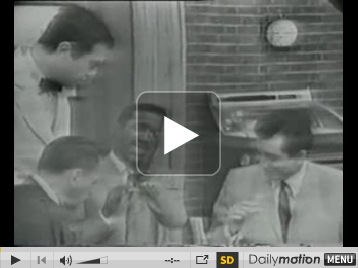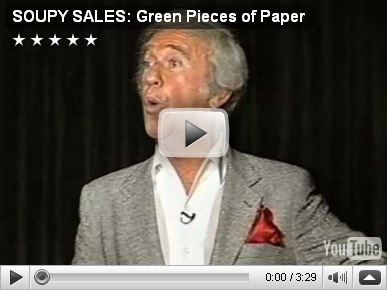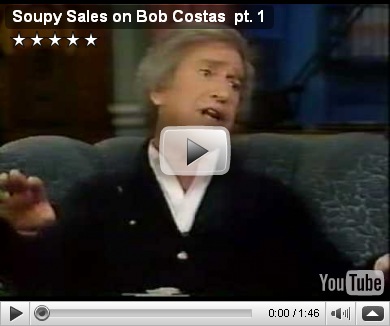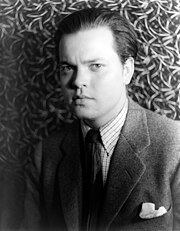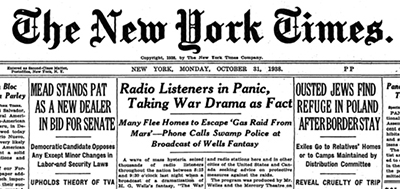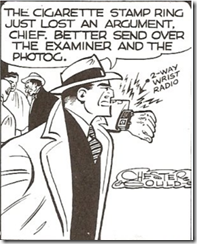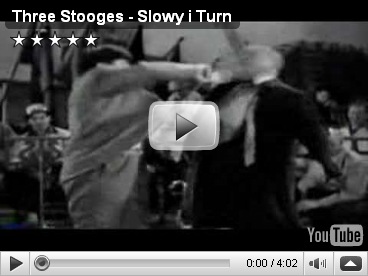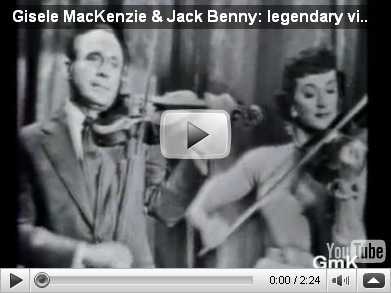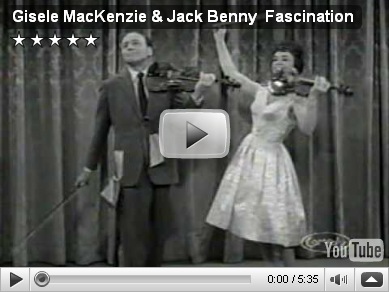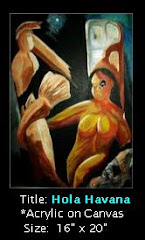Growing up in the early 1960’s, Friday Nights meant Shock Theatre at 11:30 at night on our local TV station (WTVT-13) , a late night treat I was allowed to partake in from about the age of 8 onward.
Most of the films were the old Universal Horror movies from the 1930’s and 1940’s. Dracula, Frankenstein, The Wolfman . . .
Even a man who is pure in heart and says his prayers by night
May become a wolf when the wolfbane blooms
And the autumn moon is bright.
But I digress . . .
Saturday afternoons, on another local station, we got newer, more sci-fi related fare, on something called Terminus Theatre. Movies with Marshall Thompson or John Agar, or sometimes if we were lucky, Kenneth Toby!
So I was exposed to all of the classics growing up.
Many of these films, in retrospect, were pretty bad. Not that they aren’t still enjoyable, but they often were low budget affairs, thrown together for the Drive-in market. Rubber monsters and wooden actors.
I confess, about once a year, I spend an afternoon reveling in their badness. I draw the line with the badly dubbed Japanese monster movies. Even as a kid, they never grabbed me.
Some, however, are genuine classics of the genre.
And so, with Halloween just a week away, I present a handful of some the `better’ (a purely subjective choice on my part) horror movies available from the Internet Archive.
House on Haunted Hill - William Castle
Frederick Loren has invited five strangers to a party of a lifetime. He is offering each of them $10,000 if they can stay the night in a house.
A classic that is derivative of Agatha Christie’s 10 Little Indians, but who cares? You’ve got Vinnie Price doing what he does best, scaring the dickens out of the audience, and a cast that includes Richard Long and Elisha Cook jr.
IMDB has it with 6.8 stars, and I quite agree.
Horror Express - Bernard Gordon
An English anthropologist (Christopher Lee) has discovered a frozen monster in the frozen wastes of Manchuria which he believes may be the Missing Link. He brings the creature back to Europe aboard a trans-Siberian express, but during the trip the monster thaws out and starts to butcher the passengers one by one.
Shakes on a Train. Anytime you can put Peter Cushing and Christopher Lee in a Film together, you can pretty much count on it being worth the time to watch it. Look for Telly Savalas as Captain Kazan. This train-bound horror film garners a respectable 6.4 on the IMDB ratings.
The Last Man on Earth - Samuel Z. Arkoff
Based on the chilling Richard Matheson science fiction Classic "I am Legend" This classic features Vincent Price as scientist Robert Morgan in a post apocalyptic nightmare world. The world has been consumed by a ravenous plague that has transformed humanity into a race of bloodthirsty vampires. Only Morgan proves immune, and becomes the solitary vampire slayer.
They keep remaking this movie (The Omega Man, I Am Legend) but this Spaghetti Horror film arguably remains the best version. This is the widescreen version. This 1964 classic tops the ratings heap with a 6.9 on its IMDB Page.
The Little Shop of Horrors - Roger Corman
Seymour is picked on by everybody in his life until he discovers a strange plant that makes him a media sensation. Only the plant has unusual dietary needs--human blood. You can find out more about this movie on its IMDB page. You can download an avi of the movie here.
King of the low-budget horror genre, legend has it that Roger Corman filmed this gem in just 2 days. It has since inspired a broadway musical and a movie remake, and dozens of parodies.
This classic horror/comedy gets a decent 6.2 on its IMDB page.





